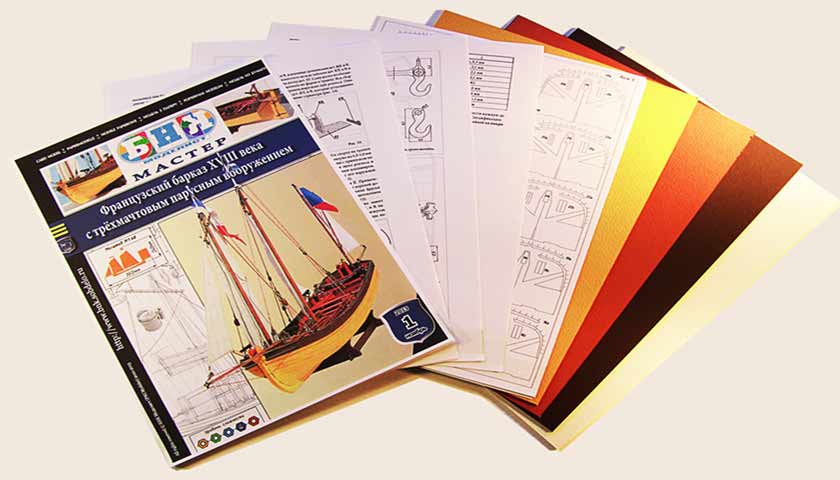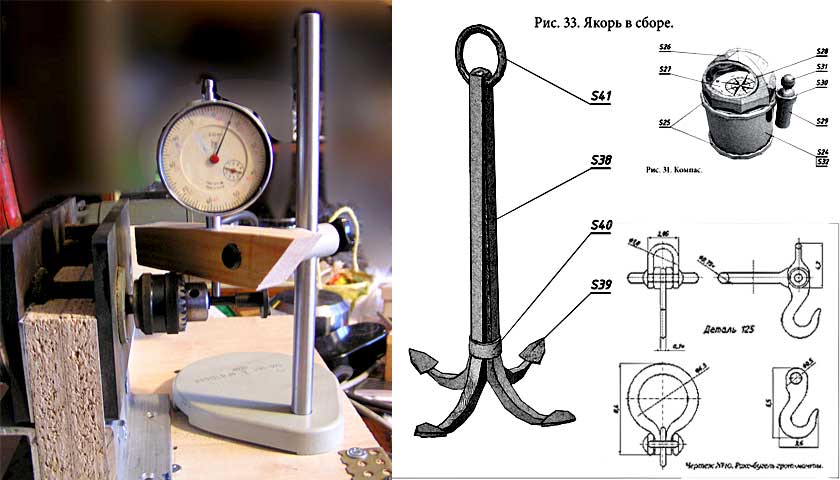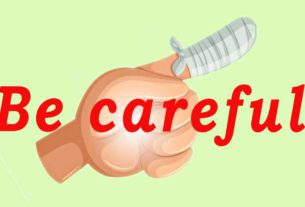On the pages of the site I have already mentioned several times the first issue of the BNK-Modeler magazine, which came out in 2013. The background of the publication is more or less clear. Now I want to remind you what was under the cover of this publication. From the cover and begin.
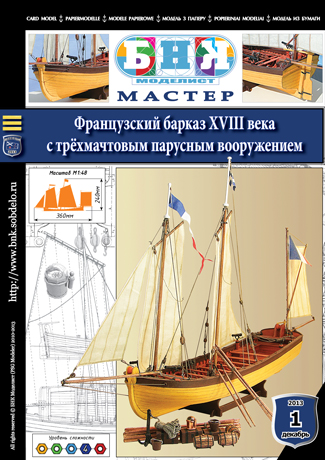
Cover
The cover is made by a professional design team specializing in book graphics.This is the best. The photographs were taken by experienced photographers, and as a result we got a serial universal mock-up, which allows us to produce a diverse series of magazines with an easily recognizable “face”.
The cover is printed on photo paper using an inkjet printer. Some of the modelers may criticize me here, but the economy is a very unyielding lady. This was a difficult decision in favor of greater information and usability for the modeler. But more on that later.
Instruction
Anyone who writes instructions at least once in a lifetime will understand what a titanic work it is. However, a tough decision was made here: everyone should understand the instructions. Including wives, children and close relatives of the modeler. Therefore, the instruction has grown up to 11 pages.
Do not worry, another three pages were occupied by drawings of metal parts and sail templates in a 1: 1 scale. But that is not all. Here you need to add two pages of tables with the dimensions of the mast, booms and blocks, as well as templates of flag and pennants. Another page contains the general 3D assembly diagram of the longboat.
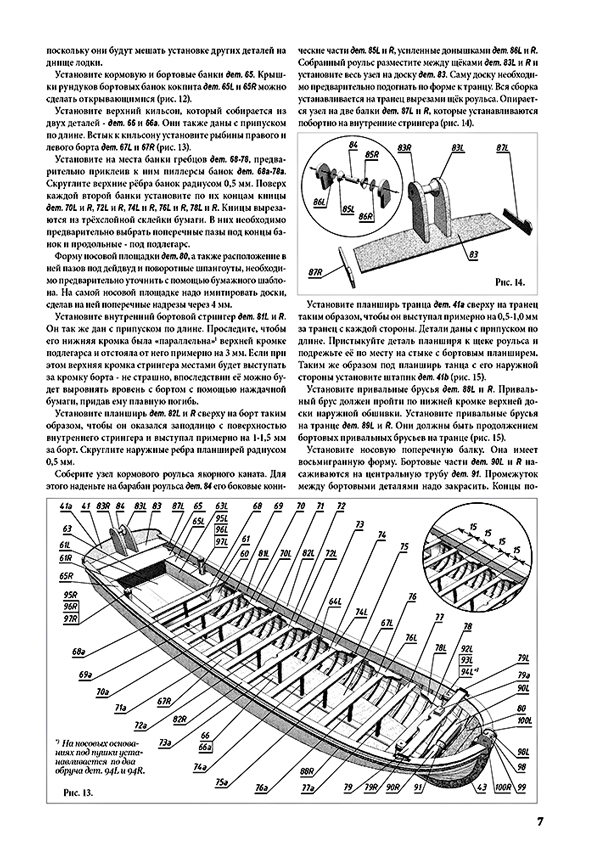
But that is not all. The next five and a half pages were occupied by a very important table, in our opinion, – the specification of all (!) parts, indicating the material from which the part should be made, its thickness (for a paper part) or the characteristic size – for others, as well as the page number or drawing according to which the part is made.
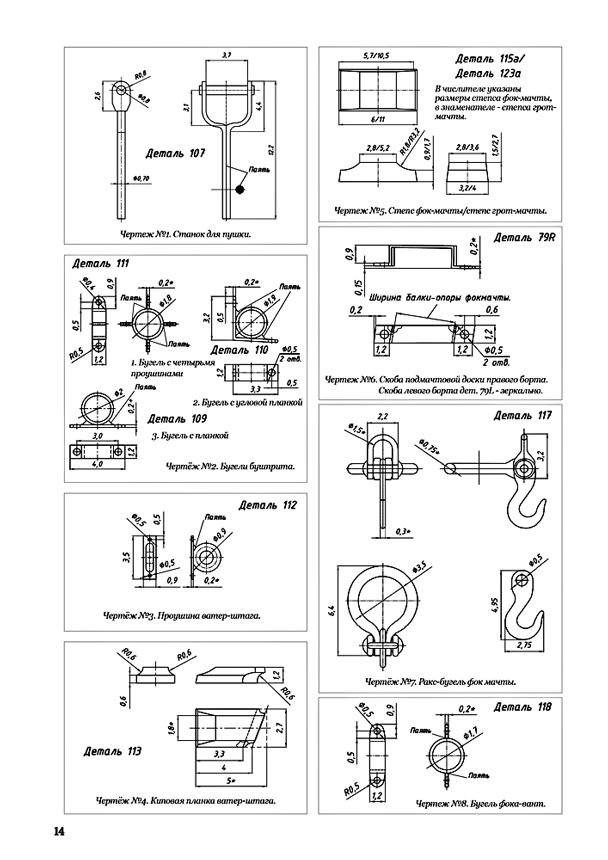
Understanding the importance of a clear list of parts for quality assembly, our team deliberately went to such hard work for the benefit of the modeller.
The manual itself is printed on office paper and contains 44 illustrations of the model assembly process and 15 drawings. For images, and for the entire publication, the chief artist of the publishing house developed his own and easily recognizable corporate and, it should be noted, friendly, style – the part numbers in the text are in bold. Somewhere in this place, our hopes for a “real” magazine’s cover finally disappeared into oblivion …
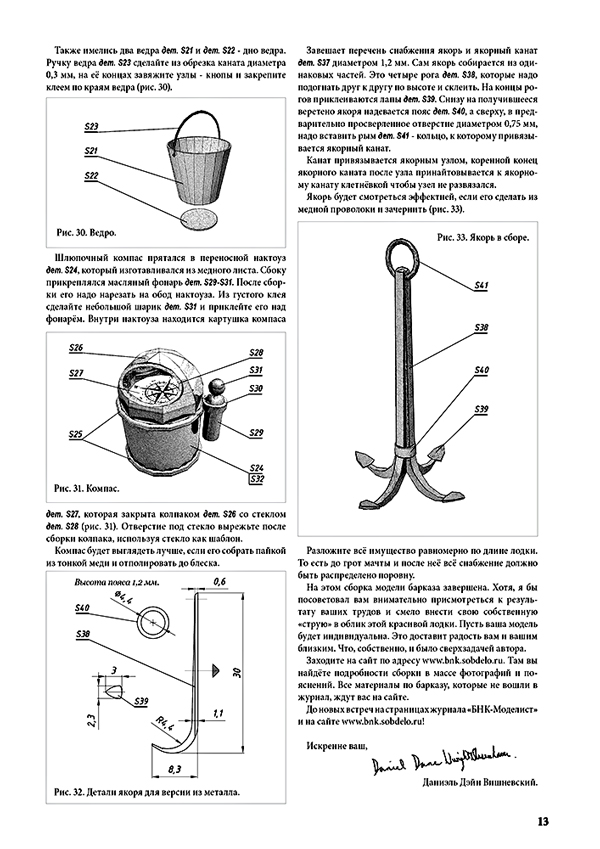
And finally, it should be noted that the Instruction is drawn up in the order in which the author of the development assembled the model. It is possible that each modeller will have their own preferences here, but the general direction of the assembly is set quite clearly.
Patterns of details
Here, perhaps, some modelers are waiting for an unusual surprise. I hope it does not cause a rejection reaction. Yes, details are given on 10 sheets of plain office paper. And all because …. (see the next paragraph).
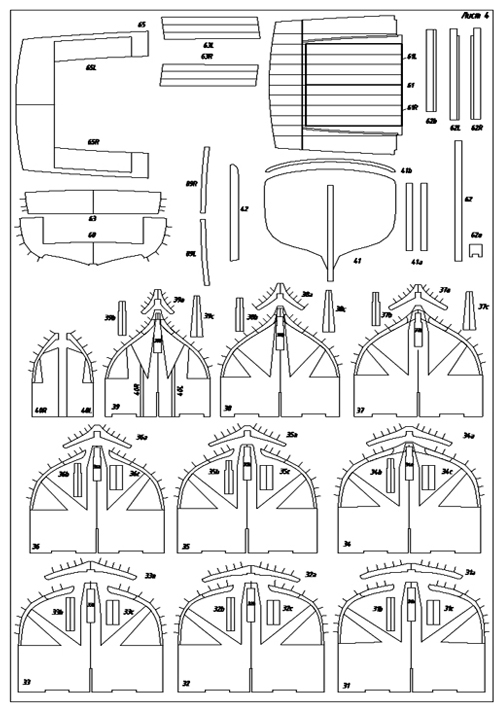
Paper
The issue contains Italian colored paper with a density of 260 g., A thickness of 0.3 mm. You will find here 3 sheets of yellow ocher paper for outer skin of the longboat, 3 sheets of red ocher color for inner skin and details of the boat hull, and one sheet of dark brown paper to decorate the top edge of the sides of the boat. All A4 sheets, like the entire magazine.
Paper
The issue contains Italian colored paper with a density of 260 g., A thickness of 0.3 mm. You will find here 3 sheets of yellow ocher paper for the outer skin of the longboat, 3 sheets of red ocher color for inner skin and details of the boat hull, and one sheet of dark brown paper to decorate the top edge of the sides of the boat. All A4 sheets, like the entire magazine.
But what about the unfolding details from office paper? – you can ask. It is necessary to stick them on a sheet of paper of the corresponding color to carefully cut out the details of one color with their help (this is where the Specification comes in handy). After cutting the details from colored paper, details from office paper should be removed. Use light glue and apply it on the edges of the part with a small out offset to the outside for this.
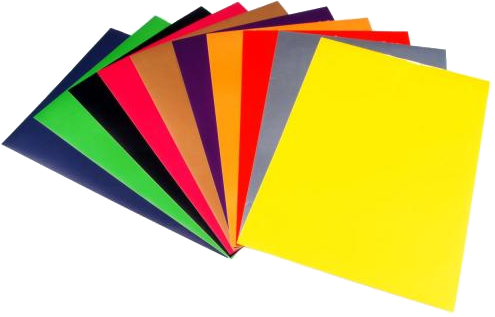
Cardboard
The issue contains 5 sheets of beer cardboard A4 format 1.15 mm thick. It was also a difficult decision for the publisher. However, without the materials from which the model was developed and assembled, it is impossible to obtain an acceptable result. And this very important circumstance resolved the dilemma in favor of the modeler.
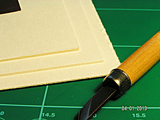
Packaging
The question is very controversial, despite the apparent simplicity. But there is a rather big dilemma: on the one hand, packaging is the face of the magazine, and indeed of the publisher as a whole. On the other hand, austerity requires minimal costs for “auxiliary materials”. It was decided to use a simple yellow mail package.
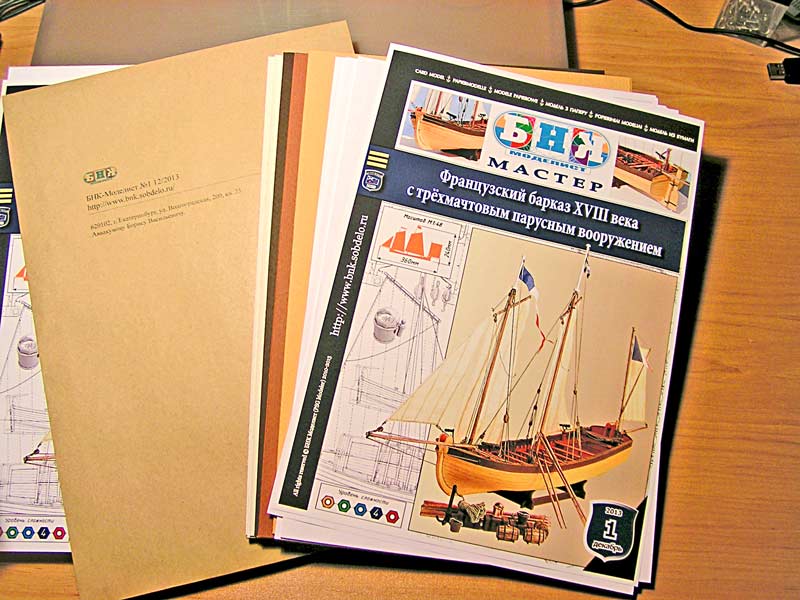
The Magazine while is only in Russian. I am going to translate this one into English. I hope, as a result, my English improves with your little help.
That is all.

